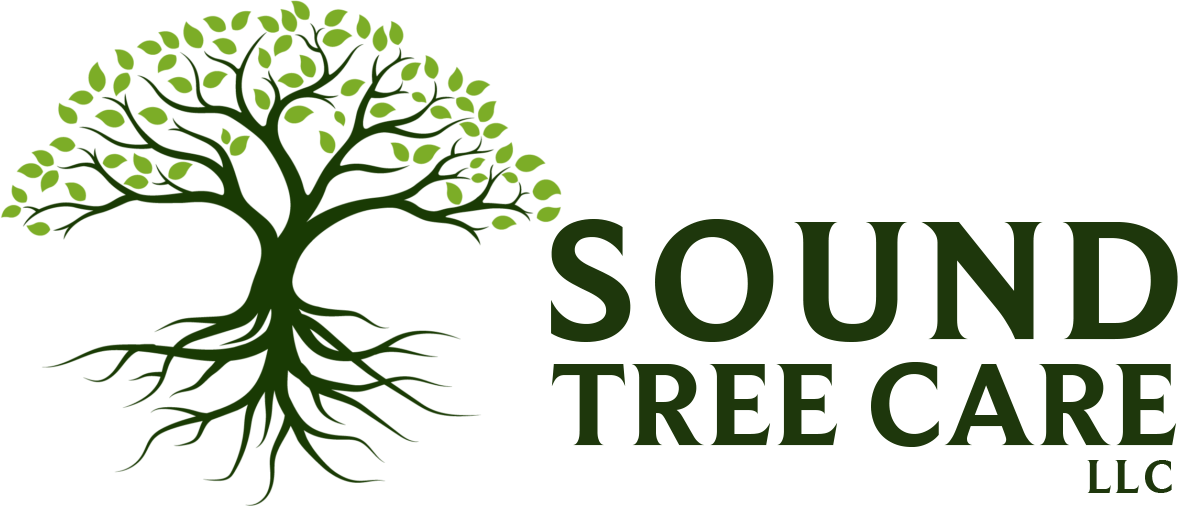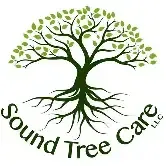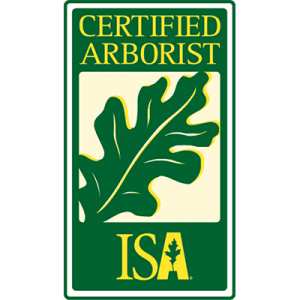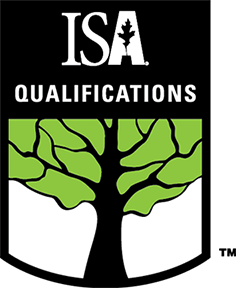Harvesting Success: Tips for Fruit Tree Pruning in Washington
Written By: Eric Ledford
ISA Certified Arborist – PN-9290A
ISA Qualified Tree Risk Assessor (TRAQ)
Want to see your fruit trees really thrive and give you loads of fruit? The secret could be in pruning them just right. In Washington State, our fruit trees have their own special needs because of our unique weather and soil. But don't worry, pruning isn't just cutting branches – it's a smart way to help your trees grow better and make more fruit. Think about how great it would be to have an orchard full of healthy, fruit-packed trees. In this blog post, we're going to show you how. You'll learn some top pruning tips from certified arborists, all about Washington's weather, and how to make your trees the best they can be. Ready to find out how to make your trees awesome? Keep reading, and let's get started!
Importance of Fruit Tree Pruning in Washington State
Washington State's varied climate means your fruit trees need special attention. Let's look at why Washington's growing conditions are unique, and how pruning plays a big part in helping your trees thrive.
Washington's Unique Growing Conditions
In Washington, we're lucky to have rich, varied climates that are great for growing fruit trees. From rainy western regions to the drier east, each area has its own weather patterns. These conditions can affect how your fruit trees grow and produce fruit. That's why understanding our state's unique climate is so important. It helps us give the right care to your fruit trees, so they can be their healthiest.
Why You Should Prune for Orchard Productivity
Pruning is a big deal for your fruit trees. It's not just about making them look nice. It's about helping them grow more and better fruit. When we prune trees the right way, we can help them stay healthy and make more fruit. This means a better harvest from your orchard. So, pruning isn't just good for the trees; it's great for you too, if you want lots of tasty fruit!
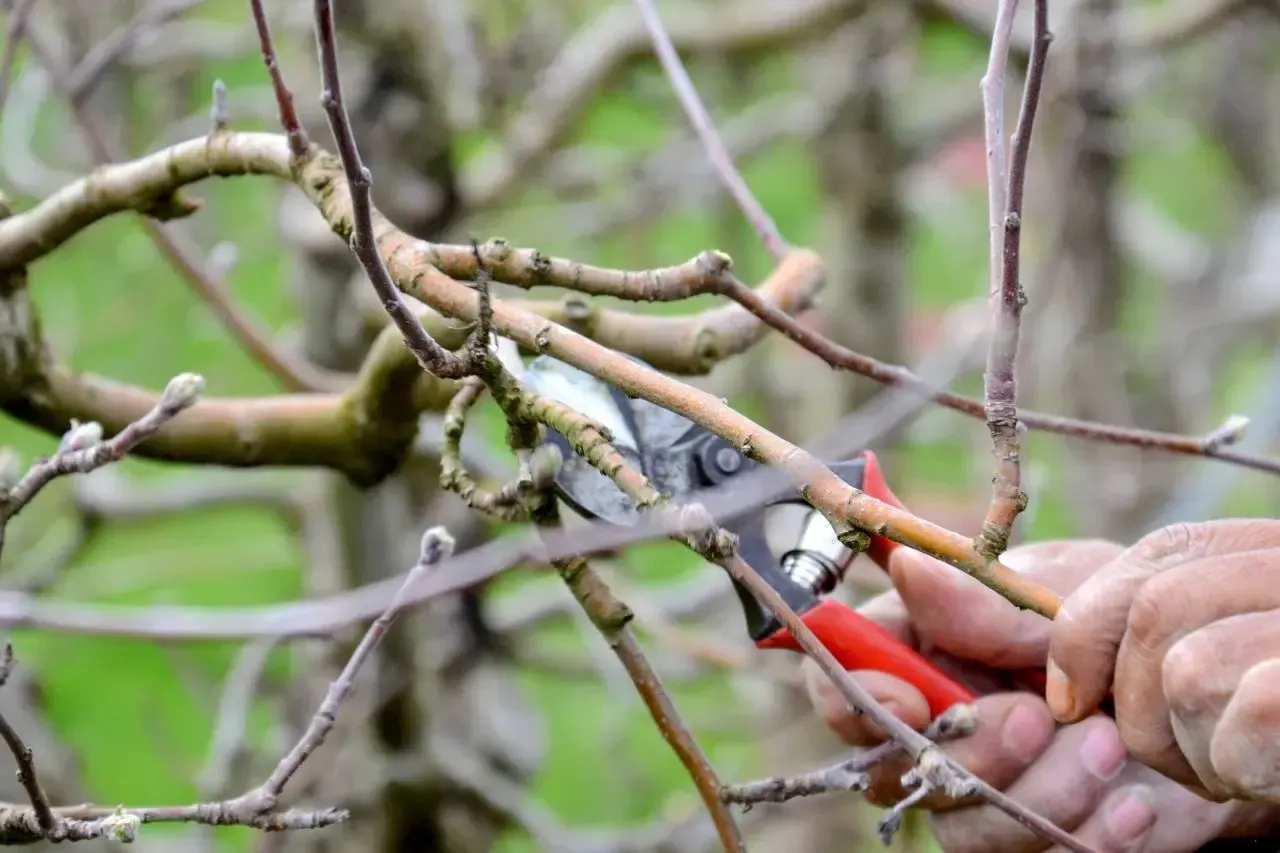
Understanding Washington's Seasonal Rhythms
In Washington State, the changing seasons bring different challenges and opportunities for fruit trees. Let's explore how each season affects your trees and why timing is key to successful pruning.
Overview of Washington's Four Distinct Seasons
Washington State is unique because it has four very different seasons. Each one affects your fruit trees in its own way. In the spring, trees wake up and start to grow. Summer brings lots of sun and growth. Fall is when trees get ready to rest, and in winter, they take a break and store up energy for next year. Knowing what each season does to your trees helps us decide the best time to prune them.
How Seasonal Changes Impact Fruit Trees
As the year goes on, your fruit trees need different things. In winter, they're sleeping, so it's a good time to prune without stressing them. Spring is when they start growing fast, and pruning can help them grow even better. Summer pruning is more about shaping the tree and making sure it's healthy. And in fall, we prepare them for the coming winter. By understanding these changes, we can make sure your trees are always at their best.
Timing Considerations for Pruning Success
When we prune your trees can really affect how much fruit they make and how healthy they are. It's not just about cutting branches at any time. We have to think about what season it is, what the weather's like, and what the tree needs. Our licensed team knows the best times to prune in each season, so your trees get exactly what they need, right when they need it.
The Art and Science of Pruning
Pruning your fruit trees is both an art and a science. It's about knowing exactly where and how to make each cut. Now, let's dive into how our pruning techniques can benefit your trees in different ways.
Our Mastery
Our team at Sound Tree Care is really good at pruning. We use special techniques that are certified. This means we make sure each cut is just right for the tree. By doing this, we help your trees grow strong and make lots of fruit. It's like giving your trees a helping hand to be their best.
Benefits of Precision Pruning for Tree Health
When we prune your trees carefully, it does more than just make them look nice. It helps the trees stay healthy and strong. Think of it like a regular health check-up for your trees. By removing parts that are sick or not needed, the rest of the tree can grow better. This helps your trees live longer and stay full of life.
Achieving Aesthetic Harmony in Your Orchard
Pruning also makes your orchard look beautiful. When trees are pruned well, they have a nice shape and look tidy. This not only makes your orchard a great place to be, but it also shows that your trees are healthy and well-cared-for. A pretty orchard is a happy orchard, and that's what we aim for!
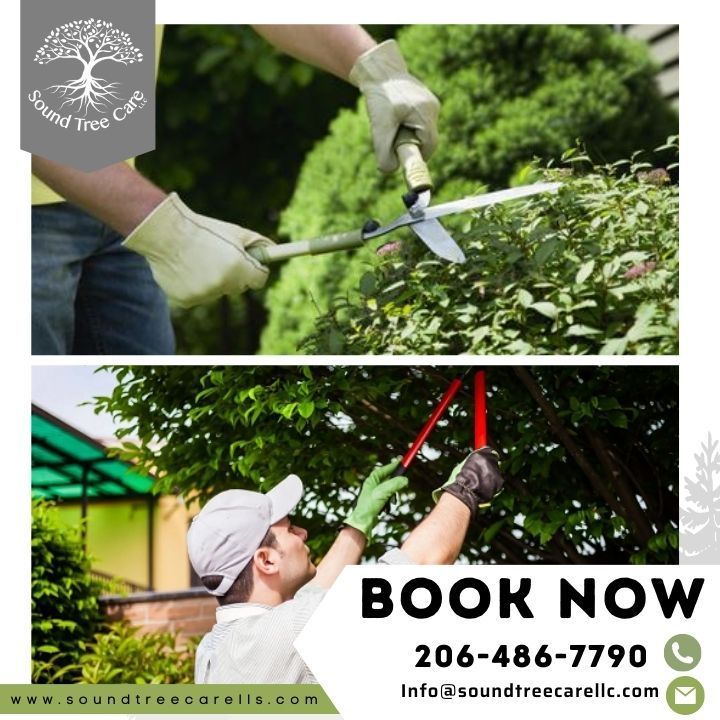
Navigating Challenges: Washington's Climate Factors
Washington's weather can be tricky for fruit trees. Let's look at how we deal with the rainy seasons, temperature changes, and keeping your trees healthy.
Adapting Pruning Practices to Rainy Seasons
In Washington, we get a lot of rain. This can be tough on fruit trees. Too much water can cause diseases and other problems. That's why we prune your trees in a way that helps protect them from too much moisture. By doing this, we help keep your trees healthy, even when it's really wet outside.
Addressing Temperature Extremes: Winter and Summer Concerns
Our state can have really cold winters and hot summers. These extreme temperatures can stress your trees. But don't worry, we know just how to prune them for these conditions. We use special techniques that help your trees stay strong, whether it's freezing or sweltering outside.
Disease Prevention in Washington Orchards
Keeping your trees free from diseases is super important. One of the best ways to do this is through careful pruning. We know exactly what to look for and how to cut to prevent diseases. This keeps your orchard healthy and full of life, no matter the weather.
Step-by-Step Guide to Successful Pruning
Pruning your fruit trees the right way is key to a great harvest. Let's walk through how we check your trees' health, get rid of bad branches, and shape them for better fruit.
Assessing Tree Health and Growth Patterns
Before we start pruning, we take a close look at your trees. We check how healthy they are and how they're growing. This helps us figure out the best way to prune each tree. Our team looks at things like the tree's size, shape, and any signs of disease or damage.
Identifying and Removing Diseased or Damaged Branches
It's important to get rid of any branches that are sick or damaged. This helps keep the rest of the tree healthy. We carefully find and remove these branches, making sure to cut them in a way that helps the tree heal quickly.
Techniques for Shaping Canopies and Encouraging Fruit Production
Shaping the top part of your trees, called the canopy, is a big part of pruning. We shape the canopy to let in light and air, which helps your tree make more fruit. This also makes the tree look nice and keeps it healthy. We use special cutting techniques to get the canopy just right.
Sustainable Practices for Eco-Friendly Orchards
Sustainability in orchard management is not just a trend – it's a necessity. Let's explore how our eco-friendly practices in pruning make a difference.
Importance of Environmentally Conscious Pruning
We believe in pruning with the planet in mind. Our team uses sustainable fruit tree care techniques that are good for your trees and the earth. This means we carefully choose when and how to cut, ensuring we protect the tree's health and the environment around it. This approach is all about looking after the future of our orchards and our planet.
Waste Reduction Strategies in
Fruit Tree Pruning
In our pruning process, we focus on reducing waste. This means we find smart ways to reuse or recycle the branches and leaves we cut off. By doing this, we cut down on what goes into landfills. It's part of our commitment to making sure our tree care practices are as green as possible.
Balancing Orchard Health with Environmental Responsibility
Our ultimate goal is to keep your orchard healthy while also being responsible to the environment. We're always looking for ways to make our tree care better for the earth. This means using practices that are good for your trees and don't harm the planet.
Tips from Washington State Arborists
Let's hear from our local certified arborists on how to make your fruit trees thrive. Their insights are based on years of experience and a deep understanding of Washington's unique orchard environment.
Insights from Local Arborists on Fruit Tree Pruning
Our team of arborists knows just what your fruit trees need. They have lots of experience with Washington's weather and soil, which means they can give you the best advice on how to prune your trees. From choosing the right time to cut to using the best techniques, they have all the knowledge to help your trees succeed.
Real-Life Success Stories from Orchards in the Region
We've helped lots of orchards in Washington grow better fruit thanks to our pruning. These
success stories are all about how the right care can make a big difference. Our team's guidance has helped these orchards produce more and healthier fruit – and we're proud to share these stories with you.
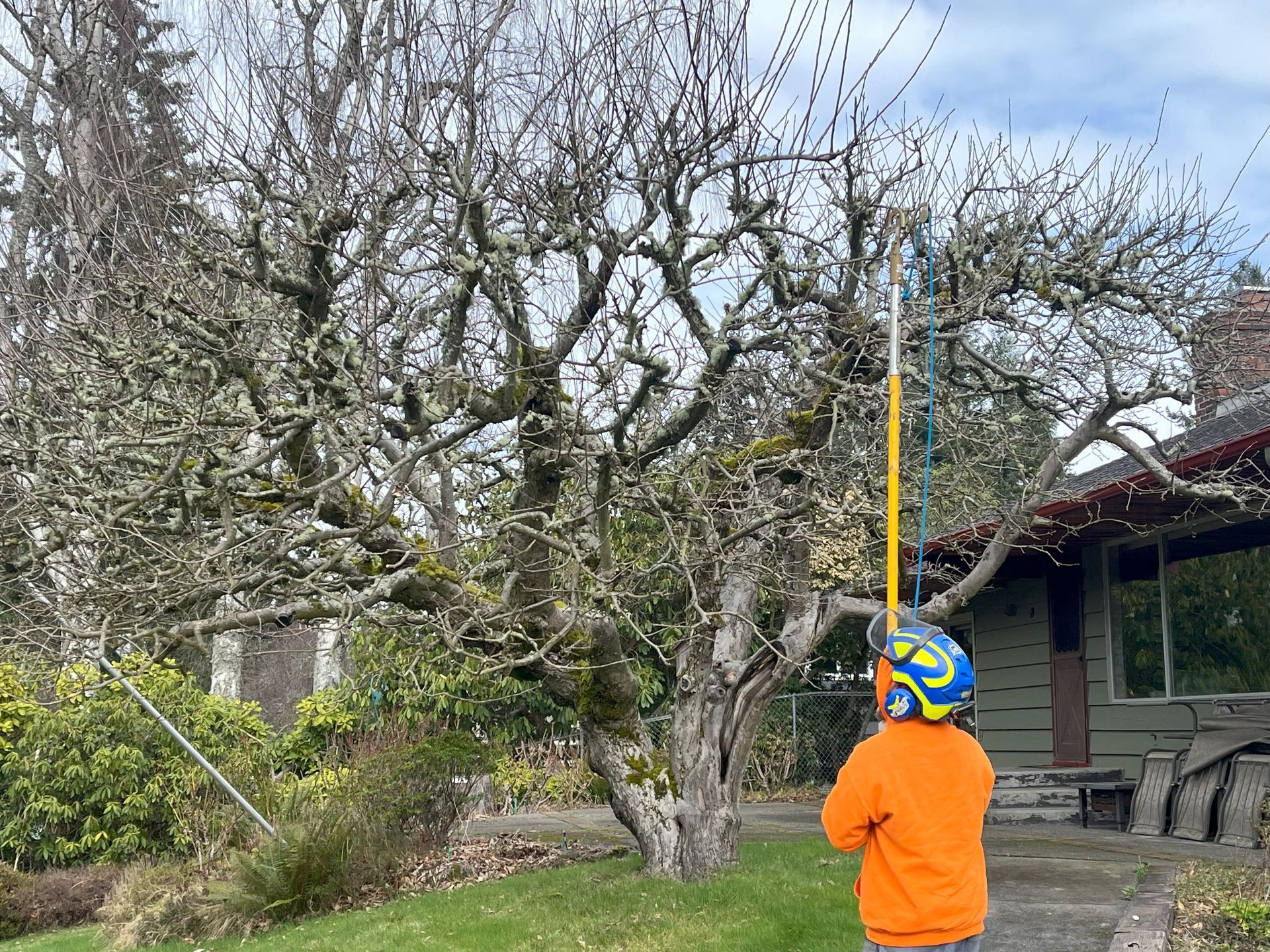
Tools of the Trade: Must-Have Equipment for Pruning
Having the right tools makes a big difference in pruning. Let's check out the tools our experts use and how to take care of them.
Overview of Essential Pruning Tools
For pruning to work well, you need the right tools. Our arborists use special tools that make sure every cut is just right. These tools are designed to be easy to use and very effective. They include sharp pruning shears for small branches, saws for bigger ones, and loppers for the tough stuff. Using these tools helps us make sure we're pruning your trees in the best way possible.
Tips for Proper Tool Maintenance and Care
Taking care of your pruning tools is super important. Good care means they'll last longer and work better. We have some great tips to help you keep your tools in top shape. It's about cleaning them after each use, sharpening the blades regularly, and storing them in a dry place. This way, your tools will be ready to go when you need them and will do a great job on your trees.
Frequently Asked Questions (FAQs)
Got questions about tree pruning? You’re not alone. It’s natural to be be unsure about the details given all the conflicting information out there. But don’t worry, we have compiled a list of the most common questions people have and answered them for you.
1. What's the Best Time of Year to Prune Fruit Trees in Washington?
The ideal time for pruning fruit trees in Washington varies depending on the type of tree. Generally, late winter or early spring, just before the growth season begins, is optimal. This timing allows trees to heal quickly from pruning and minimizes the risk of disease.
2. How Can I Tell If I'm Over-Pruning My Trees?
Over-pruning can stress your fruit trees. A good rule of thumb is to never remove more than 25% of a tree's canopy in a single year. If you see reduced fruit production or stunted growth, it might indicate over-pruning.
3. Can Pruning Help with Pest Control?
Absolutely! Proper pruning enhances air circulation and sunlight exposure, which are critical in reducing pest infestations. Removing diseased or infested branches promptly also helps in controlling the spread of pests.
4. Should Young Fruit Trees Be Pruned Differently Than Mature Trees?
Yes, young fruit trees require formative pruning to establish a strong structure. This typically involves selecting a central leader and shaping the tree's overall form. Mature trees, on the other hand, require maintenance pruning to remove dead or overcrowded branches and encourage fruit production.
5. What Are Some Eco-Friendly Pruning Practices?
Eco-friendly pruning practices include using hand tools instead of gas-powered ones to reduce emissions, composting pruned branches, and avoiding the use of chemical treatments. Using mulch from pruned materials can also be beneficial for tree health and soil quality.
6. How Can I Prune My Trees to Maximize Fruit Production?
To maximize fruit production, focus on removing dead, diseased, or damaged branches first. Then, thin out areas with overcrowded branches to allow sunlight and air to penetrate the canopy. Properly executed, this can lead to more fruitful and healthier trees.
7. Is It Necessary to Seal Pruning Cuts?
It’s generally not recommended to seal pruning cuts, as modern research suggests that trees heal better naturally. Sealing cuts can sometimes trap moisture and pathogens, leading to decay.
8. What Should I Do If I Notice Signs of Disease in My Fruit Trees After Pruning?
If you notice signs of disease after pruning, it's important to address it promptly. Remove any diseased branches and dispose of them properly to prevent the spread. If the problem persists, consult a professional arborist for advice on treatment options.
Want to make your orchard amazing with help from licensed arborists? Let Sound Tree Care boost the health and fruit of your trees. Reach out to us now for certified
tree trimming and eco-friendly care. Contact us today!
